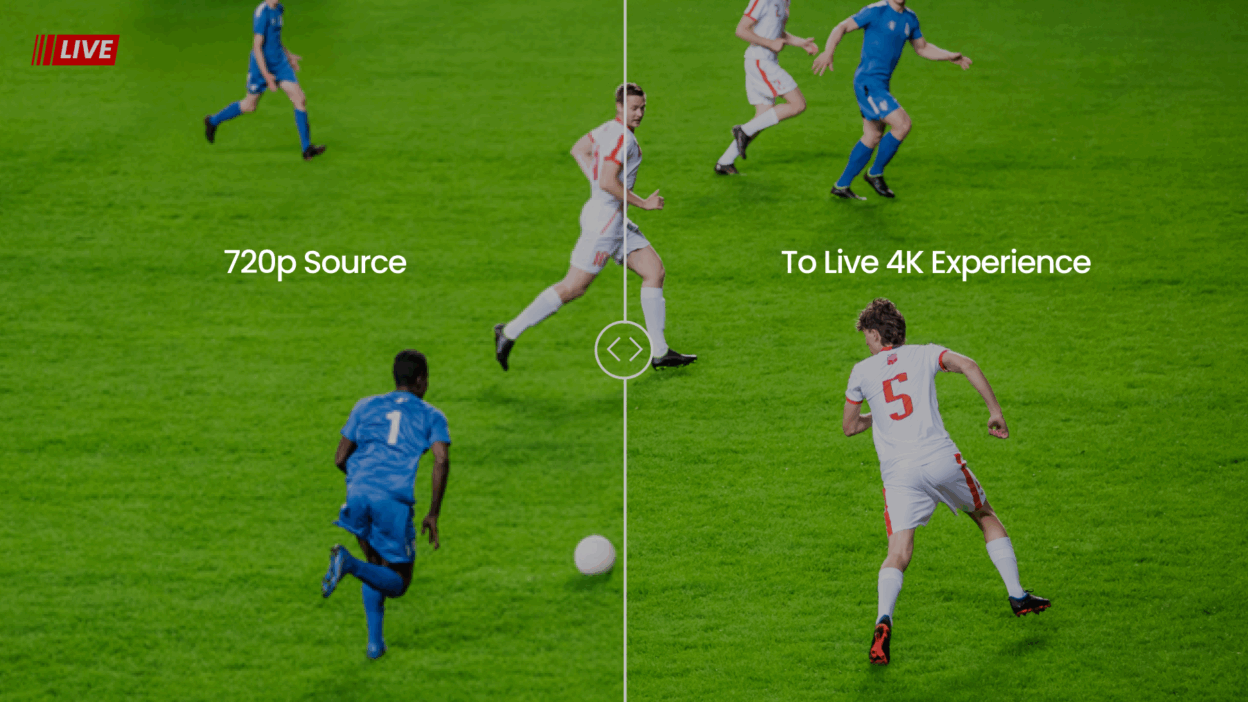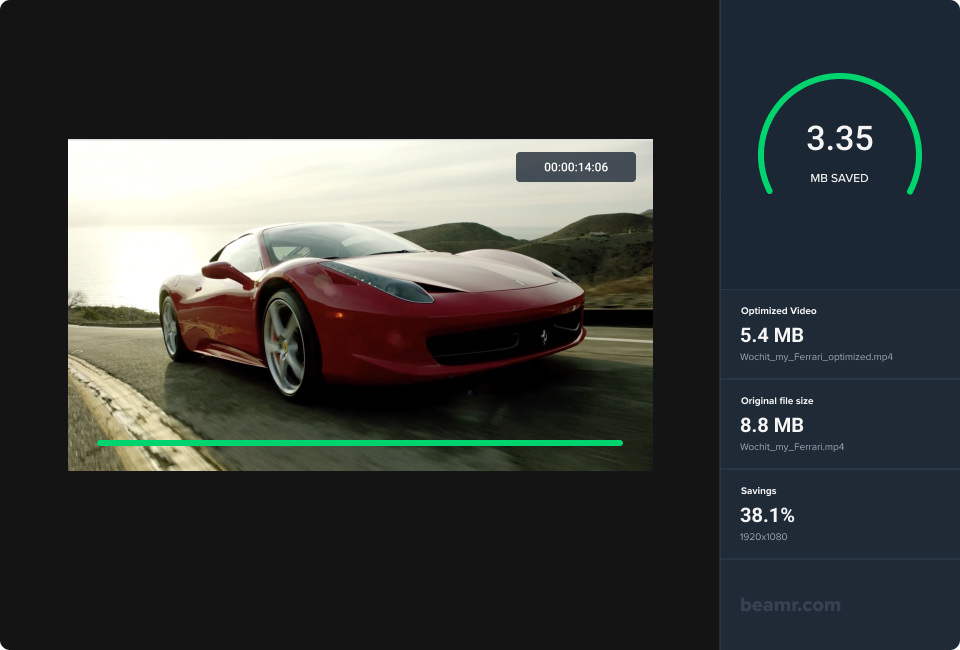Automatically Upgrade Your Video Content to a New and Improved Codec
Easy & Safe Codec Modernization with Beamr using Nvidia GPUs Following a decade where AVC/H.264 was the clear ruler of the video…
Beamr Helps Businesses Keep Up With Generative AI Video Content
The proliferation of AI-generated visual content is creating a new market for media optimization services, with companies like Beamr well…
Beamr teams with NVIDIA to accelerate Beamr technology on NVIDIA GPUs
2023 is a very exciting year for Beamr. In February Beamr became a public company on NASDAQ:BMR on the premise of making our video…
Beamr Named Seagate Lyve Innovator of the Year 2021
We are thrilled to share with you that Beamr has won the Seagate Lyve Innovator of the Year competition!
Beamr Celebrates 50 Granted Patents
Receiving our 50th granted patent seemed like a good opportunity to reflect back on our IP journey, and share some lessons we learned along the way.
Adding Beamr’s Frame-Level Content-Adaptive Rate Control to the AV1 Encoder
In this post we present the results of integrating CABR's content-adaptive rate control with the libaom AV1 encoder. CABR can reduce AV1…
Optimizing Bitrates of User-generated Videos with Beamr CABR
In this blog post we present the results of a encoding a set of videos from YouTube’s UGC dataset with Beamr's CABR technology.
Video Codecs in 2020 – The Race is On!
Introduction There are several different video codecs available today for video streaming applications, and more will be released this year.…
For Video Streaming Services, The Internet Is A Shared Resource To Preserve
TL;DR Post COVID-19, the work from home trend will continue, and this will extend the pressure on the Internet from video traffic. Even…
How To Cut Cloud Gaming Bitrates In Half So That Twice As Many Users Can Play
TL;DR: Beamr CABR operating with the Intel Media SDK hardware encoder powered by Intel GPUs is the perfect video encoding engine for cloud…













